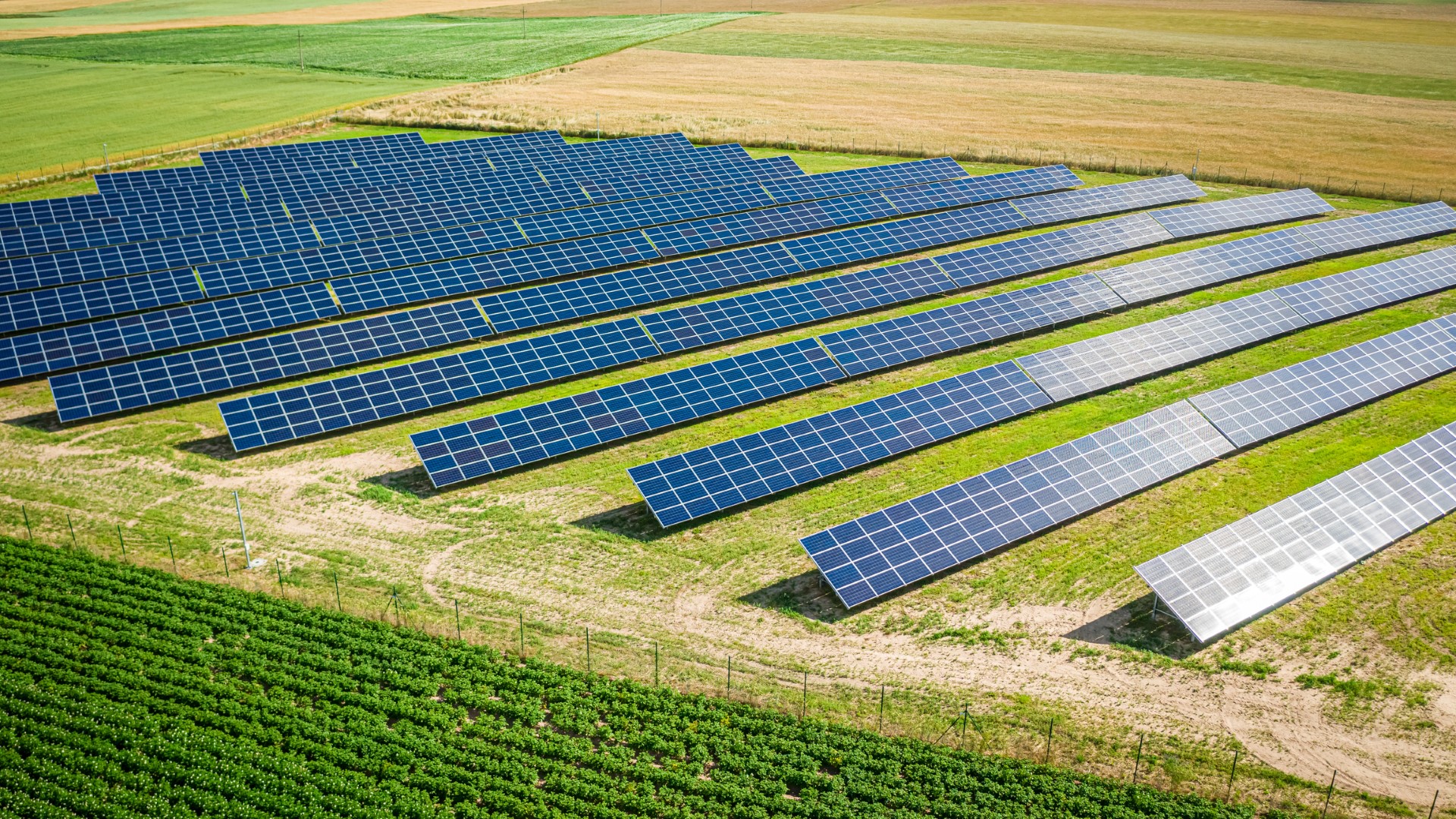By Jeffrey Hignight
Solar leasing has grown in popularity over the past few years, but navigating the agreements can be complex and a bit daunting. That’s why several clients have trusted Glaub Farm Management to negotiate their options to lease. An option to lease is a contract between a solar developer and a landowner that sets the terms and conditions for a lease if the developer exercises its option. Development, construction, operation, and decommissioning are the core phases of a solar lease.
During the development phase, the developer will conduct due diligence on the property. This typically takes one to five years, during which time the developer will complete a plan, obtain permits, and sign a power purchase agreement with a utility company. The landowner can continue to use the property during this phase and will receive an option payment from the developer.
Once the developer exercises its option to lease, the construction phase triggers the installation of panels over the course of one to five years. Once the panels are installed, the operational phase follows and typically lasts for 20 to 25 years while the solar panels generate electricity. At the end of the operational phase, the solar panels will be decommissioned. During the one to two years of this phase, the solar panels will be removed and possibly replaced if a new lease agreement is entered.
Solar leases typically offer landowners a significant increase in income compared to traditional agricultural and/or hunting leases because developers are willing to pay a premium for land that is suitable for solar development. The solar lease income provides steady and predictable income that can be set up for the next generation. Another option is to sell and either cash out or exchange for another property. Solar leases often contain clauses that prevent the lease from being sold separately from the land so that both must be sold to the same buyer.
While the rental income and option payments are priority consideration, other clauses within the lease are just as important. Items such as the option term, lease term, permitted exceptions, use of property during the option, title guarantee, representations, property taxes, liability, crop damage/destruction, default, responsibilities of each party and decommissioning are important considerations.
A solar lease can be extremely lucrative, but it is important to be aware of the potential drawbacks. One of the biggest concerns is the loss of land. Solar leases typically give the lessee full control of the land, which means that the landowner may not be able to use the land for other purposes. This can be a major issue, especially if the land is valuable agricultural land. Another potential drawback is the aesthetics of solar panels. Solar panels can be unsightly, and they may not be desirable in certain areas. This can lead to community discord, as some people may not want solar panels in the area or adjoining their property. Another issue is the use of the land after the solar lease expires. There is risk that restrictions may exist for converting back to agricultural or other uses. Additional complications may come in reestablishing FSA base acres and yields, which are very important to land value and farming.
Despite these drawbacks, solar activity will continue to grow and provide landowners a possible alternative on marginal land in addition to diversifying income streams—therefore, a landowner must be aware of his or her options should a solar developer reach out. The best advice that we can give you is to never sign a lease without representation or accept the first offer. If you are near a transmission line or substation, have been contacted by a developer, or simply have a general interest in solar, please feel free to contact us for a discussion. Should your property be well suited for solar, we will work on your behalf with legal counsel to construct an agreement that protects your interest and sets up parameters for a successful lease.


